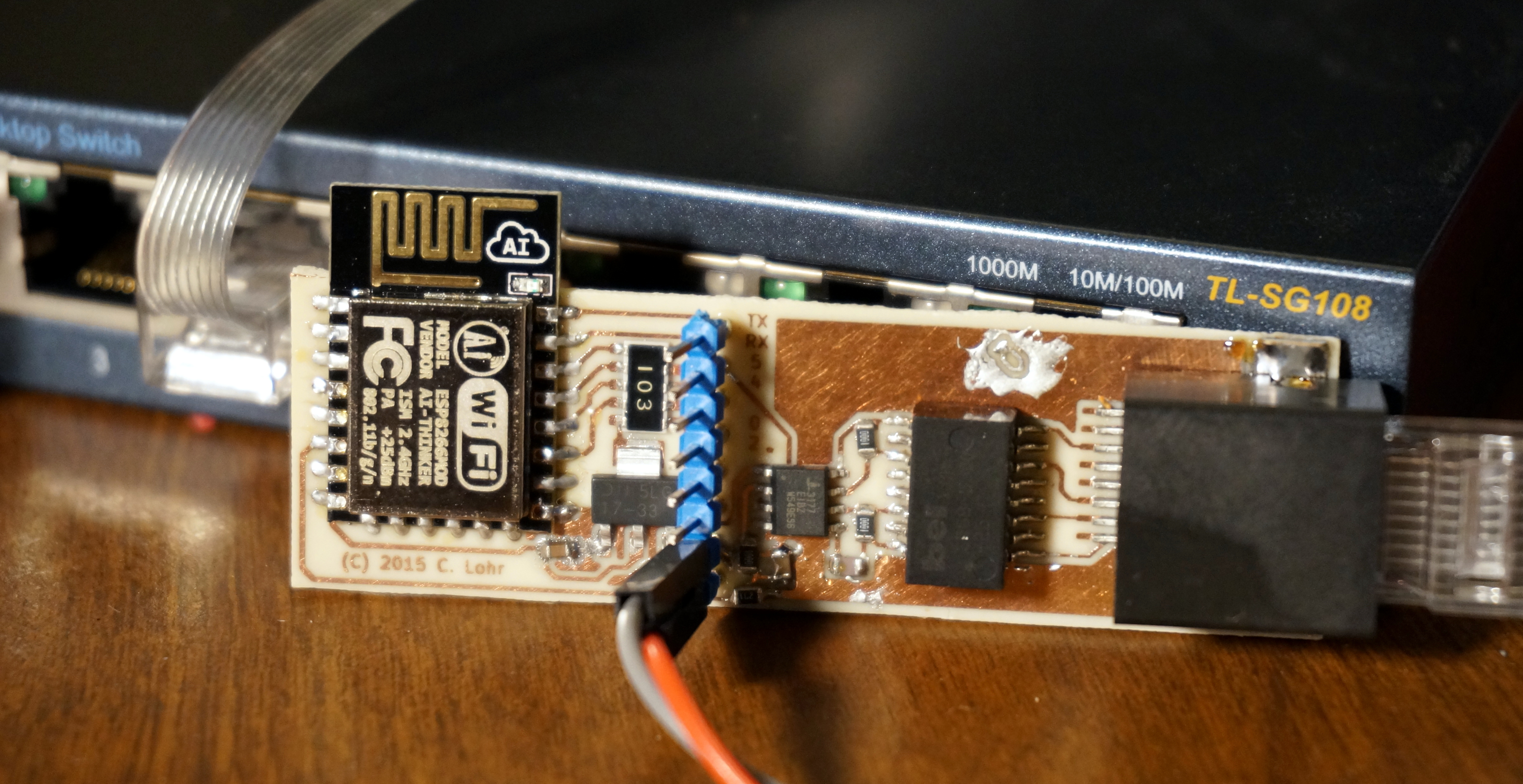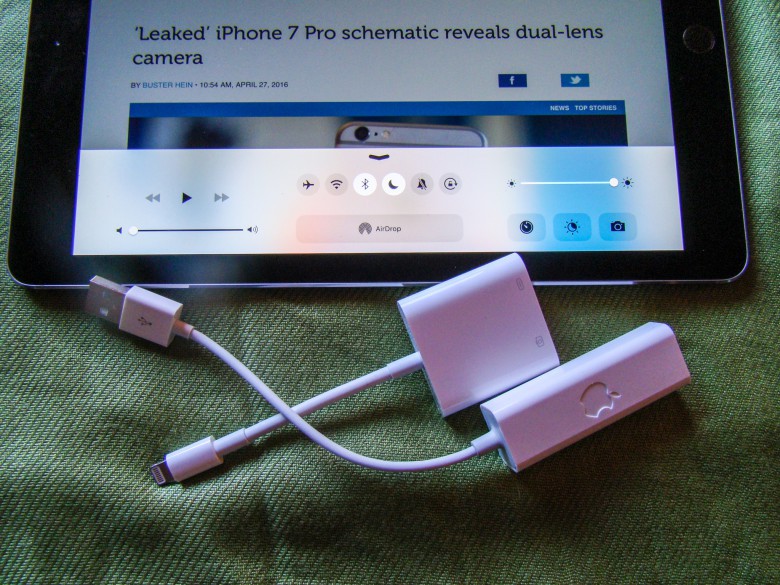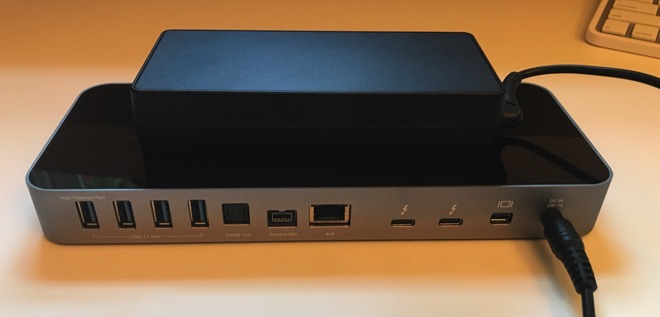Before WiFi became the most popular and easiest way to connect to the Internet, every Mac and computer used to connect using an Ethernet cable. It was a standard feature of the ports a Mac had available.
How to connect Mac to Ethernet?
If your Mac has an Ethernet port, then you need an Ethernet cable.
Click the System Preferences icon in the Dock and choose Network. The Network dialog opens. Easily connect your Mac computer to an Ethernet network with the Apple USB Ethernet Adapter. Small and light, it connects to the USB 2.0 port of your Mac and provides an RJ-45 connector that supports 10/100BASE-T performance. In this article we show how it's done. Here's how to connect a Mac and a Windows 10 PC and share files over a network. See also: macOS vs Windows 10 comparison. Run Windows 10 on your Mac using. Although many of the newer models do not have the Ethernet port, many users of Mac still have the Ethernet port and use it to access the Internet. Fortunately, Apple has solved the problem very soon. It is now time to learn the method on how to fix Mac Ethernet problems as soon as possible and start using the Ethernet connection as usual. To establish a connection, simply plug a standard Ethernet cable between the two Macs. To confirm the connection is working, open the 'System Preferences' app from the Apple Menu on the Mac that is not running ChronoSync. Click on the 'Network' panel and select 'Ethernet' in the network connection.
- Plug the cable into a Internet at one end (this could be in a wall or a floor-mounted connection)
- Make sure the Internet is switched on
- Now connect the wire into the Ethernet port in your Mac
Open a browser and test the connection. You should have fully functioning wired Internet, plugged straight into your Mac.
What if I don't have an Ethernet port?
Most modern Macs don’t. As more people switched to WiFi, having an Ethernet port became less useful. They also take up a lot of hardware space. It is the same reason fewer Macs than ever still have USB ports. It is easier for people to store what they need in the cloud and download as needed than carry things around on USB devices.
However, you still might find it useful, or more secure, to connect to the Internet using an Ethernet port. Thankfully, there is a way around having a Mac that no longer has an Ethernet port. You can still get a hard-wired connection.
Firstly, check what ports your Mac does have. It should either have a USB port, or a Thunderbolt port, or both. Depending on what you have will determine when you need to buy.
Either purchase a:
- Belkin USB-C to Gigabit Ethernet Adapter, or;
- An Apple Thunderbolt to Gigabit Ethernet Adapter
There are other models, but the ones that Apple recommends to make this work.
Here are the steps to take to make this hard-wired connection, even without an Ethernet port:

- Connect whichever Apple Ethernet adapter you've bought either to the USB port or Thunderbolt port;
- Now plug the Ethernet cable into the Internet connection at its source and the Mac Ethernet adapter at the other end;
- Next, go to Apple Menu > System Preferences;
- Within System Preferences, click on Network;
- A message should appear: New Interface Detected. Click OK;
- Now click Apply to save this setting and remember this network connection;
- To make this connection more secure, click on Thunderbolt Ethernet interface > Advanced:
- Here you can change a range of settings, such as whether the connection is automatic, speed, and other changes that can be made.
Now you should be all set up. Using the Internet should be as quick whether or not you are connected using WiFi or Ethernet.
What happens if I’ve got a slow Ethernet connection?
Assuming this isn't a problem with the Internet where you live or work, it’s worth looking at what could be making your Mac run slowly.
Thankfully, we have a solution for a Mac that is running slow.
- Run CleanMyMac X app (download a free edition here)
- Click the Maintenance tab
- Here you can try various tune-ups to speed your Mac
The tool that directly translates into Macs speed is “Run Maintenance Scripts”. This restores parts of your system libraries that have started to slow down. Try running it and see if your Mac gets more responsive. As an extra improvement, flush your DNS-cache in the same app. It helps when your network slows down for no reason.

With CleanMyMac X, there are a whole suite of tools you can use that will restore a Mac to how it worked when new. Give your Mac the tune-up it needs, making it run faster, easier to use and improve performance.
Use Wi-Fi
Learn how to connect to an open, secure, or hidden Wi-Fi network. You can also create a new Wi-Fi network.
Connect to a Wi-Fi network
Ethernet Connection For Mac
Click in the menu bar, then choose a network. If Wi-Fi is off, click , then select Turn Wi-Fi On.*
If you connect to a public Wi-Fi network, a window might appear with terms and conditions you're asked to agree to before you can connect.
Connect to a secure Wi-Fi network

Secure Wi-Fi networks are password-protected and have by their names.
- Click in the menu bar. If Wi-Fi is off, click , then choose Turn Wi-Fi On.*
- Choose a network.
- Enter the password, then click Join. If you don't know the password to the Wi-Fi network, contact the network administrator.
Connect to a hidden network
- Click in the menu bar. If Wi-Fi is off, choose , then choose Turn Wi-Fi On.*
- Choose Join Other Network.
- Enter the network name. Make sure you enter the network name correctly.
- If the network is secure, choose the Security type, then enter the password.
- Click Join.

Learn what to do if you can't connect to a hidden network.

Create a Wi-Fi network
If you have Internet service at your location, you can connect an AirPort base station or a third-party router to your modem to create a Wi-Fi network. Use the setup guide for your AirPort base station, or check your third-party router's manual for help.
* If you don't see the Wi-Fi icon in the menu bar, you can add it back. Choose Apple () menu > System Preferences, click Network, click Wi-Fi, then select 'Show Wi-Fi status in menu bar'.
Use Personal Hotspot
With most carrier plans, you can share the cellular data connection of your iPhone or iPad (Wi-Fi + Cellular) with your Mac.
Connect Macbook To Ethernet
Learn how to set up Personal Hotspot.
Use Ethernet
Ethernet Connection For Macbook Pro
To connect to the Internet over a wired connection, connect an Ethernet cable between your router or modem and the Ethernet port on your Mac.
Ethernet Connection For Macbook Pro 2015
Some Macs require an Ethernet adapter like the Belkin USB-C to Gigabit Ethernet Adapter, or the Apple Thunderbolt to Gigabit Ethernet Adapter.
Learn more
Ethernet Connection For Macbook Air
- Use recommended settings for Wi-Fi routers and access points.